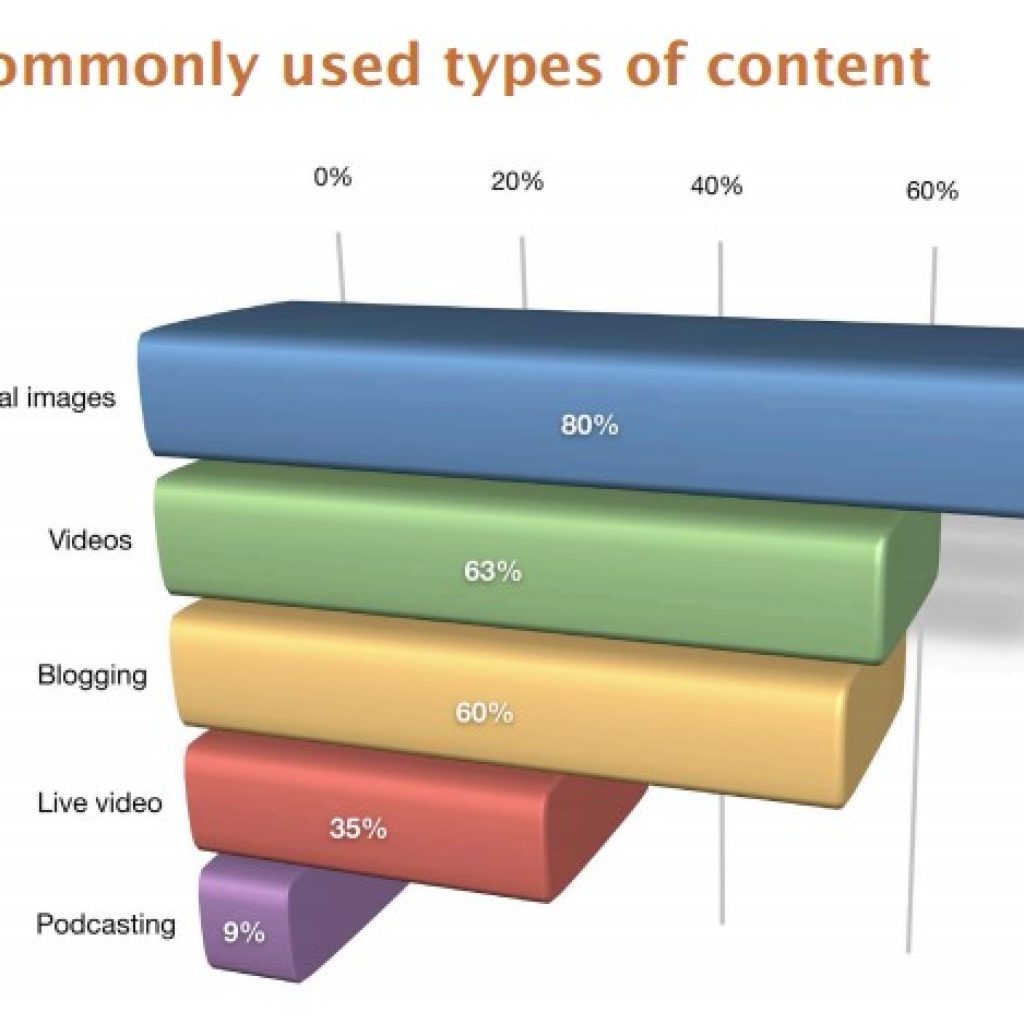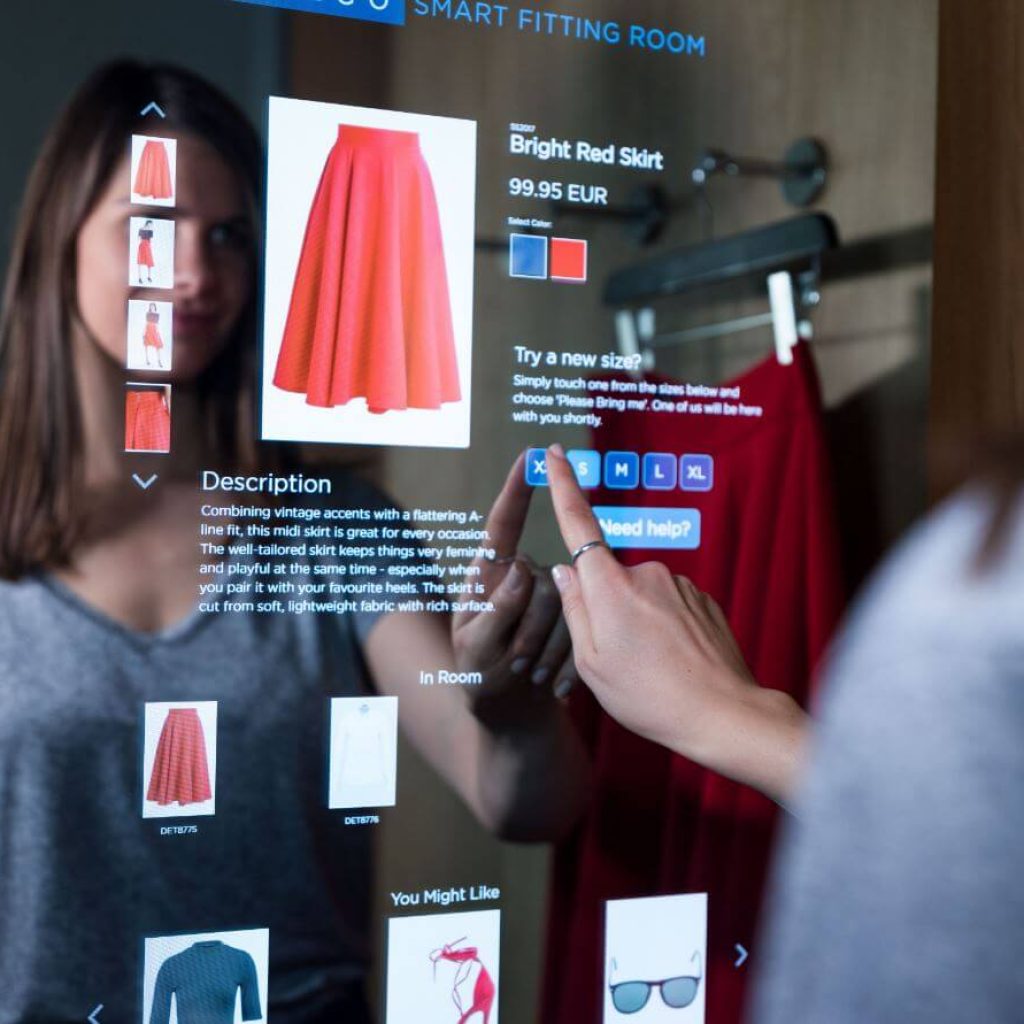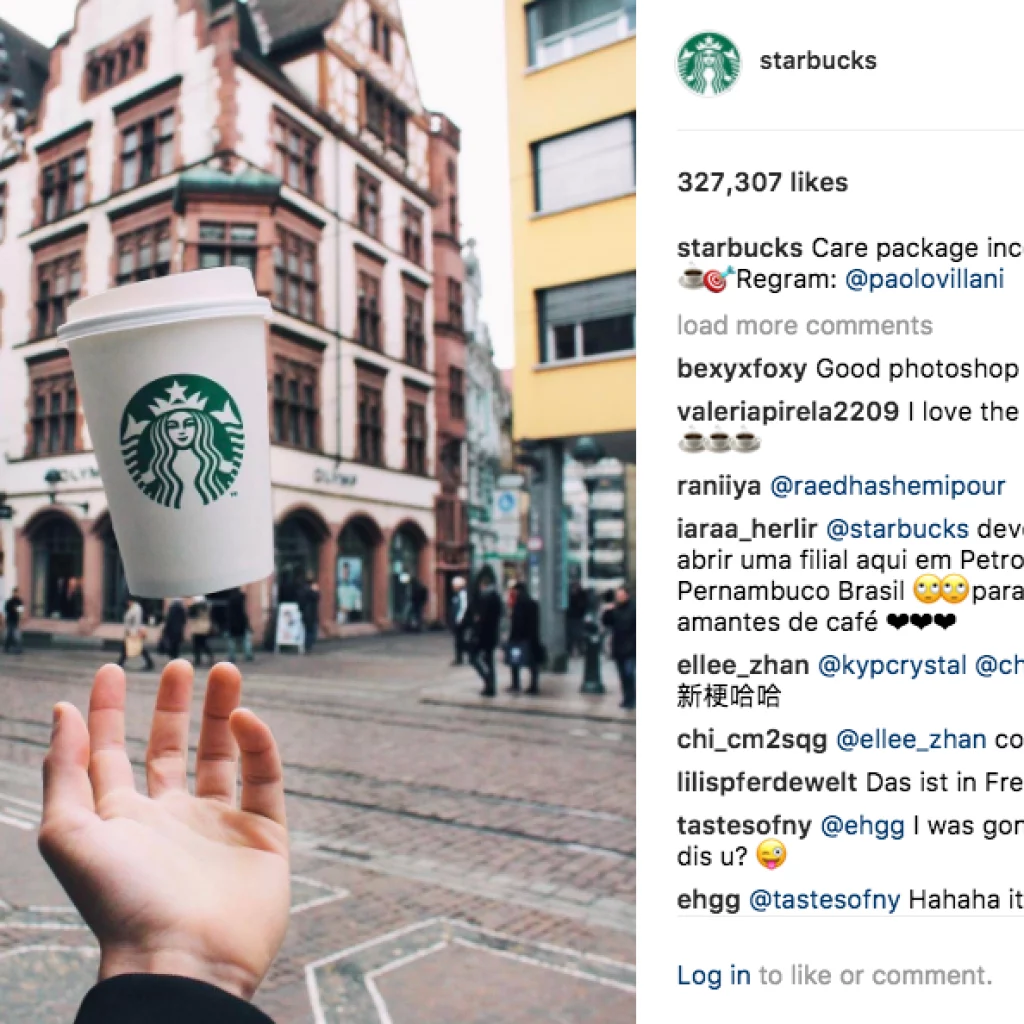To communicate widely, humans invented the typewriter, the telephone, the web, and eventually social media. Changes to platforms or fads in social trends can’t change the fact that we are social beings. People will log on to the internet in search of connections as long as they exist. So keep in mind that uncertainty can also present a business opportunity when the direction of social media marketing seems uncertain. You are competent in your field. Take charge of the situation right away and show assured leadership. You’ll achieve fantastic results in the coming year.
1. More Visuals
By 2020, voice recognition technology or graphics will be used in 50% of searches.
Users of social media are becoming accustomed to the rise of visual content. Every morning, people are becoming accustomed to speaking to Google Home and Amazon devices, and website layouts have been optimised to enable quick image searches. Since smartphones now have access to cameras, photos, and videos, the use of visual-based content has dramatically increased with the rise of social media platforms like Instagram and Snapchat.

2. More social videos
56% of users watch and interact with brand videos each month on Facebook, Instagram, Twitter, or Snapchat. Every month, one in three social media users watches or engages with brand-produced videos. Do you spend your free time watching YouTube? Or occasionally watch lifestyle channels? Without a doubt, social media videos will evolve in 2020, including the relative newcomer, live video, which has been popular over the past year.
3. Using VR and AR
(Gen Z, this is all yours.) Greetings from the technological world, everyone. By 2020, the use of virtual reality (VR) and augmented reality (AR) in practical applications will change how social media networks operate. Snapchat Geofilters is an excellent example of a place where you can see and view location-specific videos. Since 22% of Gen Z uses geofilters each month, they will likely be the main supporters of these technologies. Welcome to the world of augmented reality (AR) if you happen to come across online stores that let customers try virtual versions of clothing before making a purchase. WeChat, Amazon, Facebook Messenger, WhatsApp, Instagram, Bitmoji, and others are looking into how to use augmented reality in marketing plans. The ultimate objective is to promote sales and effective advertising.

4. Chatbots
Chatbots are one of the most useful tools you can use if you run your own online business. Ironically, chatbots were developed at a time when no one wanted to talk to anyone. Younger generations are engaging with and discovering products on social media platforms, particularly chatbots, by using features like Instagram’s product galleries and Facebook’s product tags. Make reservations, find a location, respond to a few straightforward FAQs, etc.
5. Personal conversation
Teenagers are now more eager to send short video and image clips than to type a message or reply to one on their phone. Understanding this behavior will help businesses develop various social video formats that build a customer base while showcasing a healthy mix of broadcast content and product integration.
6. Using influencers
Influencer marketing is indeed on the rise. When an influencer shares a product on social media, it doesn’t feel like advertising, in contrast to social media ads, where people may feel creeped out wondering why their past searches occasionally appear. These are intimate connections that originate with actual people. Around 22% of young adults between the ages of 18 and 34 have bought something after seeing recommendations from online influencers.
7. Content recommended by AI
Social media discussions right now are dominated by artificial intelligence. But by 2023, AI will cover more ground than just what people tweet and post. You can anticipate seeing an increase in the amount of content recommended by AI in your feed going forward. In fact, Zuckerberg predicted that by the end of 2023, Instagram would show twice as much content that has been recommended by AI. This increases the likelihood of brands and creators being seen in more feeds. If, for instance, you concentrate on producing authentic content (more on that later) and use short-form video as a medium, you can still anticipate great exposure even if you don’t currently have the largest network of followers. In essence, you should start publishing more content that promotes engagement. Ask inquiries. Publish memes. Use conversational tones only.

8. More Livestream shopping
Livestreaming buying on social media Consider these statistics if you’re still undecided about livestream shopping: The popularity of social media shopping in general, as well as livestream shopping, will increase. In 2023, it’s predicted that there will be more than 100 million social commerce consumers. Expect to see more features to increase the accessibility of social commerce to more people. For instance, Pinterest increased its video capabilities last year by launching the Pinterest TV Studio app, which it made available to a select group of creators to aid in live streaming. This means that even with improved functionality, you’ll still need to put in a lot of effort to win over customers. Some strategies for doing this include sharing reviews and ratings and making sure that your return and refund policy is obvious and understandable.

9. Communities that are active will be a valuable asset
Brands will put more effort into building engaging communities as they won’t rely as heavily on third-party cookies as they once did. More brands will get involved in creating and maintaining digital communities on lesser-known platforms. They can produce thought leadership that is appealing to your audience. In her words, “customers don’t want to be passed from department to department; they want more genuine relationships. They seek out dependable alliances and connections.”
10. There will be more user-generated content
You can anticipate seeing more user-generated content in 2023. (UGC). Consider the current social media marketing fad as a development of the recurring idea of authenticity. Brands will increasingly rely on their devoted consumers in the future, not just for their money but also for any content they may have produced featuring their company. Saving money is not the objective here. No, developing relationships is the key. It also has two directions. UGC is one of the best examples of social proof, which makes it easier to win over new customers’ trust. It also helps brands develop closer relationships with their current customers. But brands should be aware that younger audiences will redefine what user-generated content is.

This creates even more opportunities for brands because it allows them to work with creators on UGC projects without having to worry about the content being branded as fake. Micro influencers and independent content producers can expect more brand partnerships in return. However, for this to be effective, the content must still appear to be user-generated. Additionally, it would be best if it were in video format.
Also Read: How Does Digital Marketing Play a Key Role For Small Business
Conclusion
It won’t be effective to create a social media strategy and then leave it alone. What was successful one year might have the opposite effect the following year. There are some trends that persist, such as the value of video and authenticity, but how you apply them can vary, albeit subtly. In this article, we may not have specifically mentioned influencer marketing but rather the point about user-generated content. The coming year will see micro influencers remain important allies. A micro influencer’s Instagram Reel can influence potential customers just as much as one posted by a regular customer, especially if they are members of Generation Z.
















